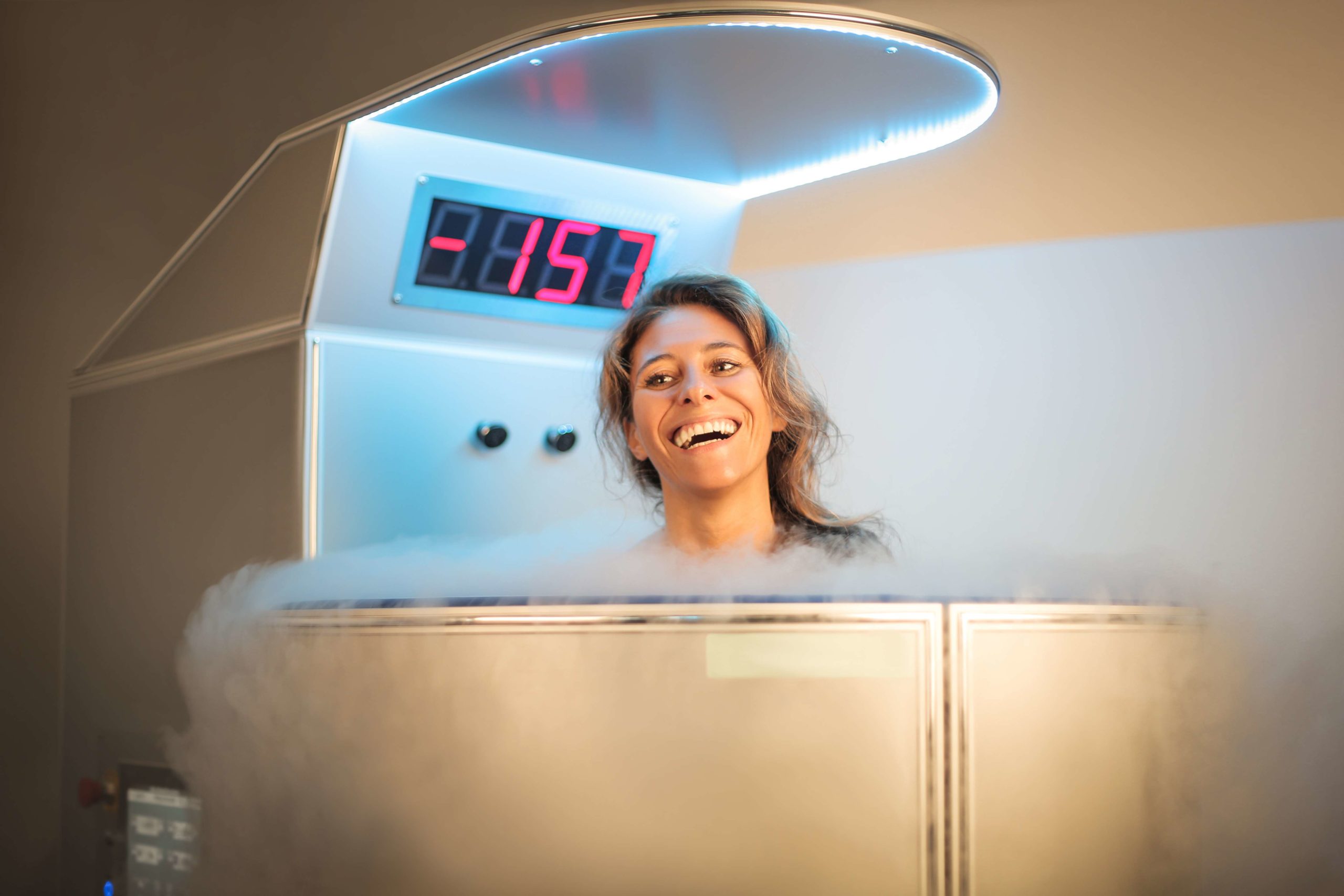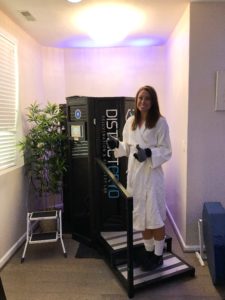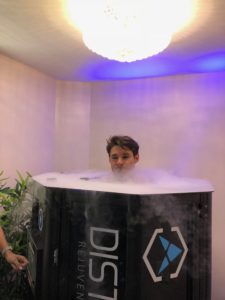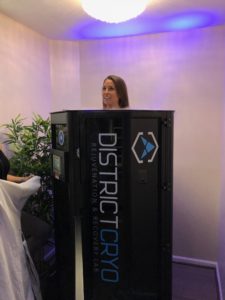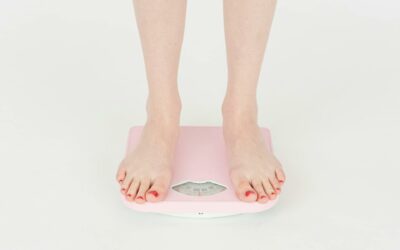On a steamy summer morning, our team in Washington, DC, did something cool – literally. Curious how Cryotherapy would affect our Resting Metabolic Rates, we channeled our inner-nerds and proposed a hypothesis, created an experiment, tested our theory, and analyzed results. Read on to see what we discovered.
What is Cryotherapy?
There’s a new trend in the wellness scene and it comes with quite a shock. Cryotherapy typically involves exposing the body to sub-zero temperatures from the neck-down for 2-4 minutes using evaporated liquid nitrogen expelled in a chamber. If you’re thinking Han Solo in Star Wars, you’re not far off.
Cryotherapy (or cold therapy) refers to any type of treatment that uses freezing temperatures to alleviate a condition. Traditionally, the treatment is used in the medical field to destroy possible harmful tissues (think: warts, precancerous lesions, etc.), or to reduce inflammation in targeted areas of the body. Similar in concept to an ice bath, cryotherapy has recently become popular in the elite fitness world to help reduce tissue inflammation after exercise, which can delay muscle soreness and alleviate joint pain. Not surprisingly, it is becoming a staple in the mainstream wellness space, with cryotherapy studios opening nation-wide available to the everyday consumer.
Early studies on cryotherapy suggest benefits ranging from:
- Reduced muscle pain and soreness
- Reduced systemic inflammation, which can help prevent chronic conditions such as arthritis, cancer, diabetes, and depression
- Increased energy
- Deeper sleep
- More youthful appearance of skin (anti-aging)
- Weight loss aided by an increase in metabolism
Putting Cryotherapy to the Test
As experts in body composition and metabolism, our team was most interested in how cryotherapy affects the body’s Resting Metabolic Rate (RMR). Like any good scientist, we put it to the test with help from our friends at District Cryo in Washington, DC.
The Experiment
We wanted to see how a single session of cryotherapy affects RMR, with the hypothesis that exposing the body to cryotherapy would increase RMR by 300-500 calories per day. After testing our baseline RMRs, we each hopped in District Cryo’s -200° F chamber for 3 minutes. We then tested our RMR immediately after cryotherapy, 1-hour post treatment, and 24-hours post-treatment.
Before diving into results, let’s take a moment to reflect on how we felt during and after cryotherapy. Cryotherapy is – you guessed it – uncomfortable. While the cold is a shock to the system, it’s extremely exhilarating. During the session, the brain goes into fight-or-flight mode, with much of its energy diverted to producing adrenaline to speed up heart rate and pump blood to the extremities. For me, a slight tingle in the legs and arms developed, shivering ensued, and it became hard to focus on anything but the cold. However, it was not completely unbearable, and the feeling of exuberance (like a natural double-shot espresso) was well worth the 3 minutes in the chamber. My skin looked and felt tighter, I had increased energy and even my chronic hip pain seemed to subside for hours – and even days – after the session.
Results & Analysis
So how did it affect our metabolisms? Our RMR tests after one session of cryotherapy varied. Immediately after the session, my participant’s RMR increased slightly (2323 to 2344), then decreased in subsequent tests (2344 to 2140). Mitch’s RMR decreased significantly immediately after cryotherapy (2405 to 2246), then remained consistent in subsequent tests.
Conclusions & Considerations
Although our experiment didn’t support our initial hypothesis across the board (RMRs seemed to drop a bit from baseline instead of increasing), the female participant did experience a slight increase in RMR after cryotherapy. The experiment only considered effects of cryotherapy after one single session, whereas ongoing sessions could affect RMR differently over time. Also, all RMR tests were conducted while in fasted states, which may contribute to falling RMRs over the course of the day. Finally, noticing the differences in results from our small sample size, it’s important to remember that everyone’s body is different: cryotherapy may affect one person differently than someone else.
Our results support the notion that while cryotherapy can range in benefits from muscle recovery and reduced inflammation, it may not be a go-to plan for increasing the metabolism. That said, its claims of supporting weight loss might still ring true. When used in combination with a comprehensive fitness and nutrition plan, cryotherapy may help speed recovery from workouts and elevate energy level to support increased physical activity.
Our recommendation? Like any single strategy in health, don’t rely on cryotherapy alone to lose weight. Focus on incorporating these types of resources in combination as a part of a comprehensive wellness plan.
Thanks to our partners at District Cryo for letting us use your amazing facility! We highly recommend their team of experts to guide your cryotherapy journey. Visit their website and learn more about their services.
